Like, say, the ability to get you to and from the said points in time-frames that are sure to get you arrested if you are unlucky. And pamper each of your five senses in the process. Or simply the power to make everyone in the vicinity go weak in the knees every time you cruise by. Now, if there was a gladiatorial competition based solely on these parameters, most electric cars in existence, save a few exceptions, would crawl over to a corner and keep quiet.  With one notable exception – the Tesla Roadster from Tesla Motors.
With one notable exception – the Tesla Roadster from Tesla Motors.
Tesla Motors is named after Nikola Tesla (1856-1943), the renowned physicist and inventor of the alternating current (AC) electric system. It is a relatively young Silicon Valley start-up founded in July 2003 by Martin Eberhard and Marc Tarpenning, two entrepreneurs passionate about sportscars, with the purpose of mass producing AC Propulsion’s ‘tzero’ prototype electric car.
The Roadster is the company’s first production vehicle. More significantly, this is the only highway-capable electric vehicle in serial production (as opposed to prototype or evaluation fleet production) in the USA and Europe. It is also the first production automobile to use lithium-ion batteries and the first production EV with an estimated range greater than 320 kilometres per charge. For the true-blue petrol heads, however, the best bit is this: the Roadster accelerates to the 100 km/h mark in a supercar-thrashing 3.7 seconds and has an electronically restricted top speed of 201 km/h. Surely, worth a closer look then.
Underneath the drop-dead, lightweight body-shell lies the powertrain. For the sake of brevity, let’s divide it into its four main constituents.
1.The energy storage system (ESS)
2.The power electronics module (PEM)
3.An electric motor
4.A single-speed manual transmission
The ESS is simply the bank of
lithium-ion batteries arranged in 11
‘sheets’ connected in series. The car contains 6,831 of these batteries (weighing about 450 kilograms in total) and that provides four to five times the energy-density stores of other batteries. A full recharge of the batteries using the high power connector takes three-and-a-half hours and is sufficient to power the car for roughly 350 kilometres.
As the name indicates, the PEM is the charging module that converts direct current (DC) power into AC power. Under peak acceleration, the three-phase, 14,000 rpm electric motor is capable of a maximum power output of 250 PS and 270 Nm of torque, all of which is available right from the word ‘go’, providing instantaneous acceleration. Tesla Motors collaborated with various companies to find the right transmission system before finally settling for BorgWarner’s single speed, fixed gear gearbox with a drive ratio of 8.27:1, an electrically actuated parking lock mechanism and a mechanical lubrication pump.
As you might have surmised by
now, an electric supercar as desirable as this doesn’t come cheap. Despite generous incentives and rebates under the law everywhere in Europe, North America
and some lucky countries in the Far East, the Roadster comes at an exorbitant Rs 62.8 lakh in the UK. But for the speed enthusiasts tortured by guilt in recent times – and with enough dough to
spare – there is nothing else on the planet like the Tesla Roadster. May its tribe increase. Amen.


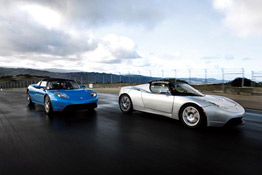


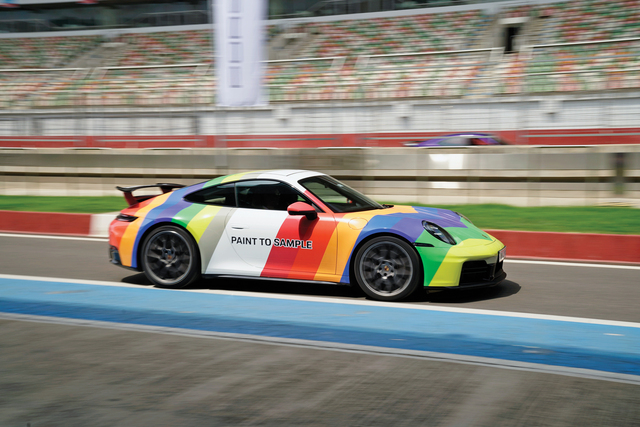

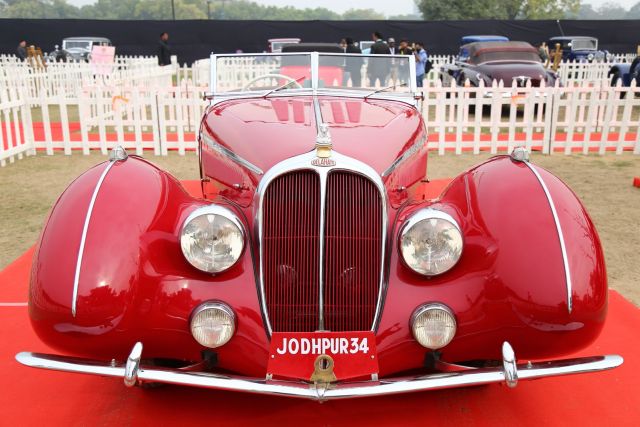

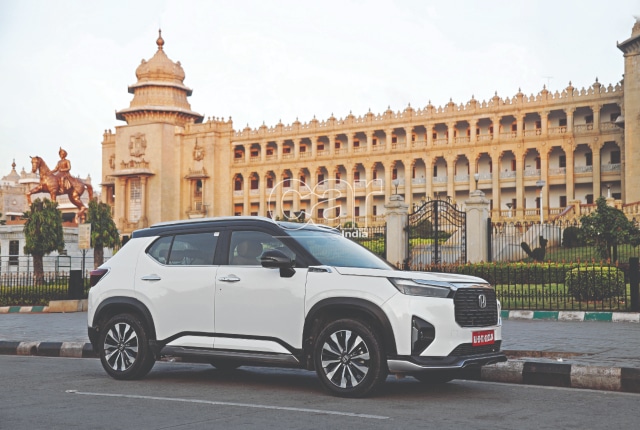
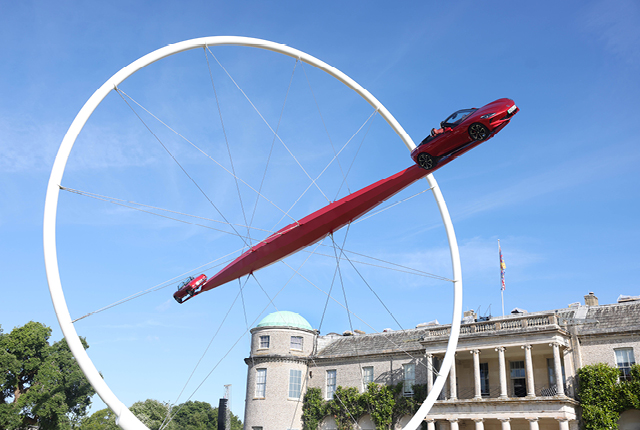
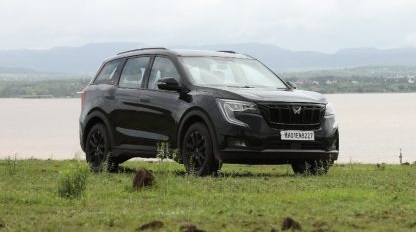


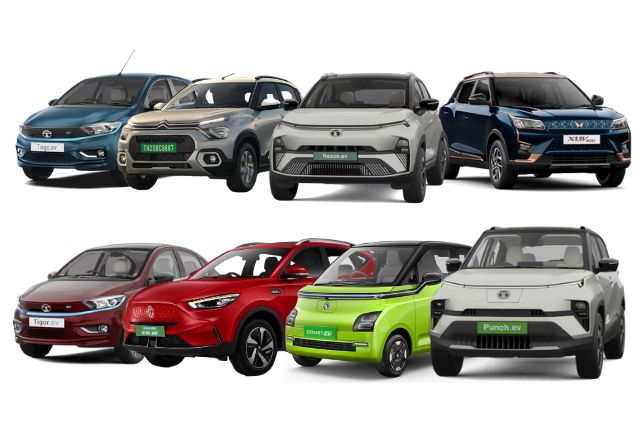
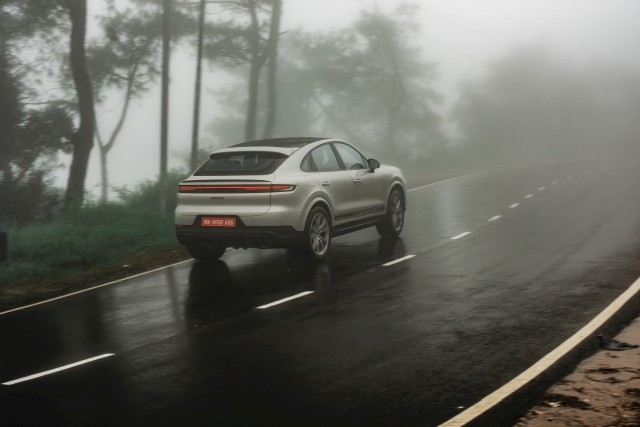
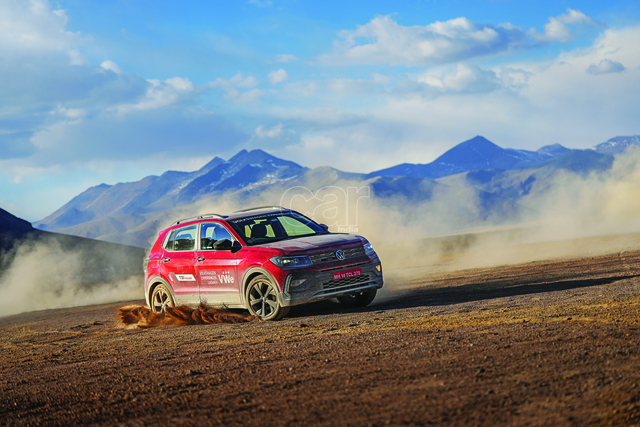
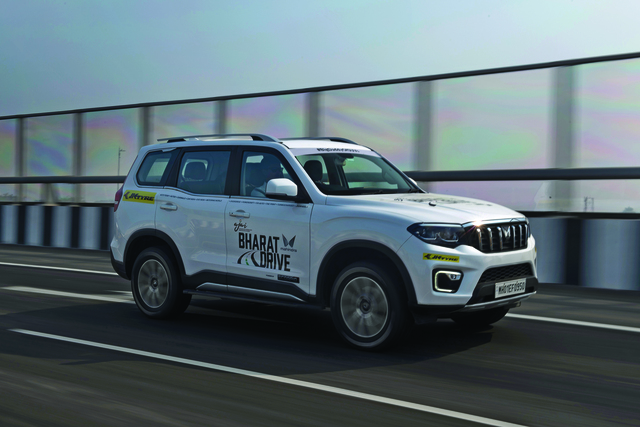
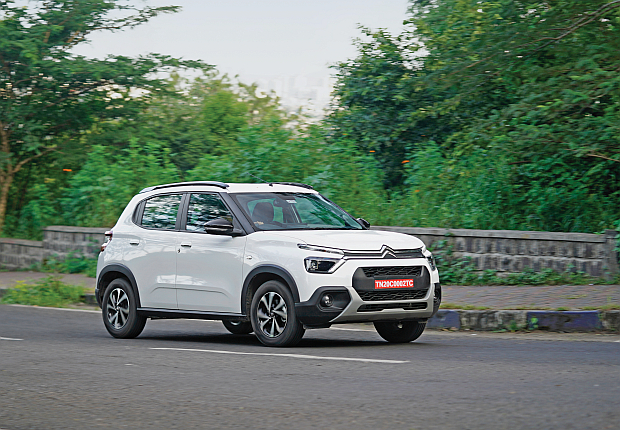
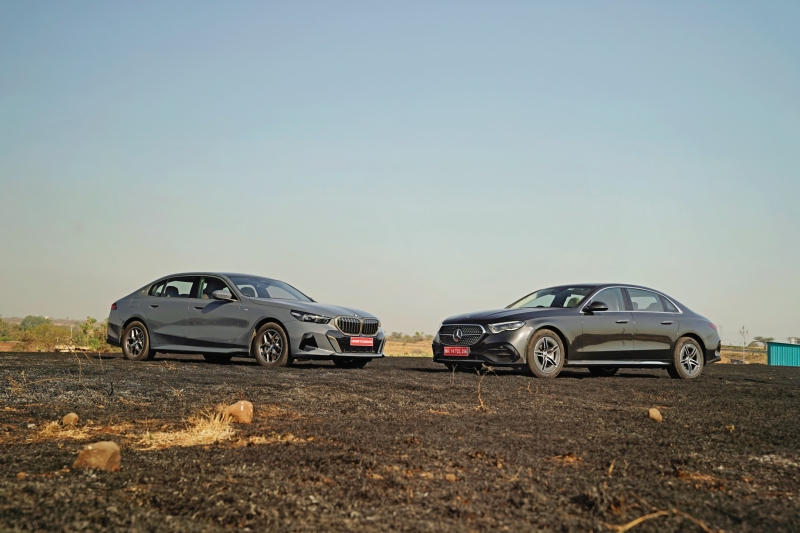

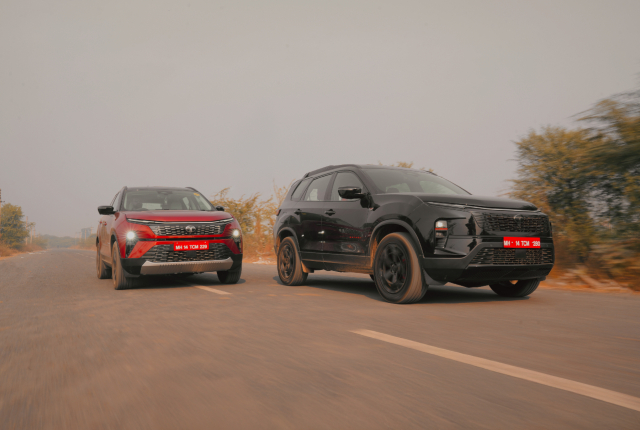
Leave a Reply